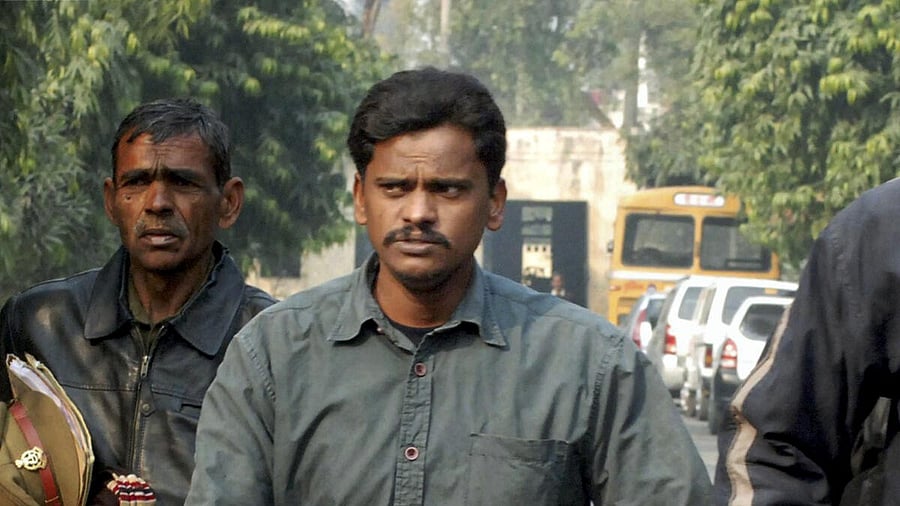
Supreme Court acquits prime accused Surendra Koli
Credit: PTI photo
The Supreme Court’s recent decision to acquit Surendra Koli in the final pending case of the 2006 Nithari serial murders — a crime that once shocked the nation — is a stark reminder of the criminal justice system’s core threshold: proof beyond a reasonable doubt.
The ruling, delivered on a curative petition, overturned Koli’s last conviction and opened the door for his release after nearly two decades in custody. It followed the Court’s July 2025 decision upholding the acquittal of both Koli and Moninder Singh Pandher in the other 12 connected cases.
The Bench held that sustaining the remaining conviction would amount to a grave miscarriage of justice, as it rested on evidence the Court had already found structurally unreliable. A conviction, the judges said, cannot be based on “conjecture,” especially when “negligence and delay” have compromised the fact-finding process.
The outcome underscores a foundational safeguard: when the state cannot meet its high burden, the presumption of innocence prevails. It also highlights where India’s investigative and forensic systems continue to falter.
The principle of granting the “benefit of doubt” is not a loophole but a universal requirement across common law jurisdictions. It is triggered when procedural rules are violated or when evidence handling is compromised — issues that recur in major cases worldwide.
The 1995 O J Simpson murder trial in the United States remains a defining illustration of how lapses in the chain of custody and evidence admissibility can unravel a prosecution. Defence lawyers sowed doubt by exposing inconsistent forensic collection practices and contradictory police testimony, making key evidence legally unreliable.
In India, the 2017 2G spectrum cases demonstrated how difficult it is to link policy decisions to criminal intent without direct, well-documented evidence. The special CBI court acquitted all accused persons, noting that the prosecution relied heavily on circumstantial material that failed to meet the threshold required to prove conspiracy.
Similarly, in the 2017 Aarushi–Hemraj double murder case, the Allahabad High Court granted the Talwars the benefit of doubt after concluding that the initial investigative response had contaminated the crime scene. The compromised environment rendered subsequent forensic and circumstantial evidence inconclusive, collapsing the prosecution’s case.
These examples — domestic and international — reveal a pattern: evidentiary failure is rarely accidental. It stems from predictable operational weaknesses such as defective evidence collection, poor documentation, witness attrition, and over-reliance on uncorroborated testimony.
To strengthen the reliability of criminal adjudication, institutions must invest in objective, scientific evidence. A non-negotiable starting point is a strict chain of custody. Every piece of physical or digital evidence must be tracked through a complete, documented trail from crime scene to courtroom. This eliminates suspicion of tampering and protects the credibility of the prosecution.
Equally crucial is forensic independence. India needs well-equipped, professionally staffed, and institutionally autonomous forensic laboratories. Police and prosecutors must receive specialised training in scientific collection, preservation, and courtroom presentation of evidence. As almost every modern crime leaves a digital trace, digital forensics must be integrated into routine investigative practice, supported by specialists capable of handling encrypted data, metadata, and device-level artefacts without compromising evidentiary value.
Another chronic vulnerability is the fragility of human testimony. A robust, consistently enforced Witness Protection Scheme is essential to shield vulnerable witnesses from intimidation — a leading cause of hostile turnarounds and withdrawals that can structurally undermine a case’s evidentiary foundation.
India has also seen what successful, science-driven prosecution can achieve. The Nirbhaya gang-rape case (2012) stands as an example where meticulous collection of DNA, corroborative medical examination, and an unbroken chain of evidence allowed the prosecution to meet the highest standards of proof.
While the “benefit of doubt” remains indispensable to prevent wrongful convictions, its repeated invocation in high-profile cases is an unmistakable signal. It points to a persistent gap between investigative practice and the evidentiary standards required in a modern criminal justice system. Without long-term investment in forensic infrastructure, training, and procedural discipline, even the most serious cases will remain vulnerable to collapse.
Ultimately, the lessons of these acquittals converge on a simple truth: reliable procedure is the only reliable path to legal determination of guilt.
(The author is an independent writer)